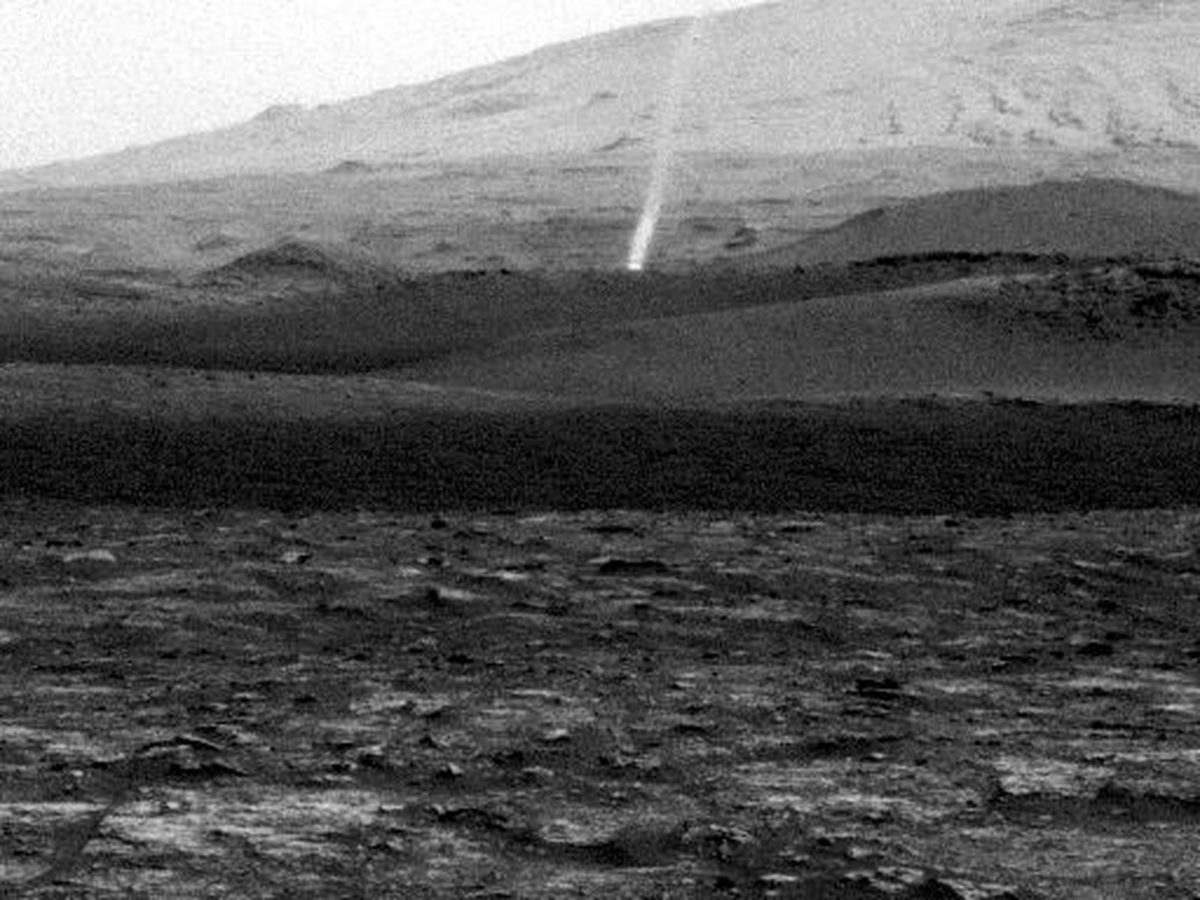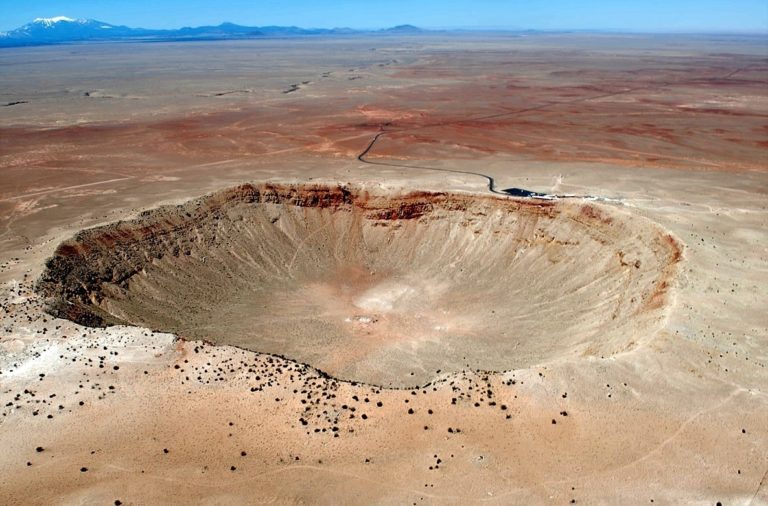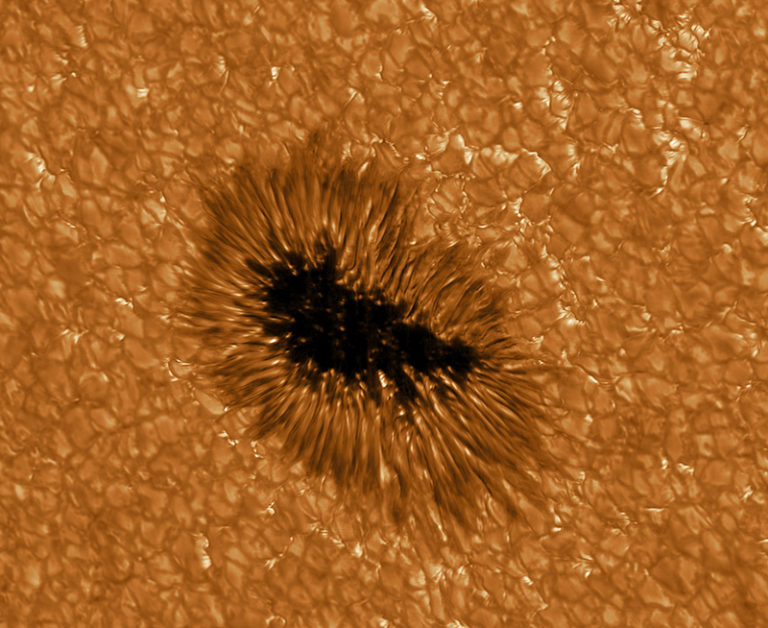The Downlink • Sep 04, 2020
A devil on Mars and defenders of Earth
Space Snapshot

NASA’s Curiosity rover recently captured this image of a dust devil on Mars. Swirling columns of wind and dust like this are common on the Martian surface. While this one is estimated to be at least 50 meters (164 feet) tall, Martian dust devils as tall as 8 kilometers (5 miles) have been observed in the past. Image credit: NASA/JPL-Caltech/SSI
You love space, now take action
This weekly newsletter is your toolkit to learn more about space, share information with your friends and family, and take direct action to support exploration. Anyone can subscribe at planetary.org/connect to receive it as a weekly email.
Mission Briefings


Astronomers have for the first time used artificial intelligence to discover 50 new exoplanets—worlds that orbit other stars. The data came from NASA’s now-retired Kepler space telescope, which watched stars for small light dips to indicate planets were possibly transiting in front of those stars. Missions like Kepler produce false positives that must be sorted out manually by astronomers; AI could help speed up the process. Pictured: An artist’s impression of an exoplanet and its host star. Image credit: David A. Aguilar (CfA).

Final construction of NASA’s Lucy spacecraft has started at Lockheed Martin in Colorado, with NASA reporting the mission is officially in Phase D—the last stage before launch. Lucy is scheduled to lift off in October 2021 on a mission to visit 8 asteroids, 7 of which share an orbit with Jupiter.

The temperature probe known as the mole aboard NASA’s Mars InSight lander has worked its way further underground. The mole is underground for the first time since InSight landed on Mars in November 2018, thanks to efforts by NASA and German Aerospace Center engineers. InSight is currently using its robotic scoop to press down on the soil above the mole as it digs.

Want to be a flight director in NASA’s mission control in Houston? The agency is currently accepting applications through 10 September. Candidates must be U.S. citizens with a bachelor’s degree in engineering, science, or math, and have “time-critical decision-making experience in high-stress, high-risk environments.”

Northrop Grumman successfully test-fired a rocket booster for NASA’s Space Launch System, the giant vehicle that will blast humans to the Moon under the agency’s Artemis program. Booster tests for the first 3 Artemis flights have already happened; this one evaluated possible upgrades for later missions.
From The Planetary Society


The possibility that an asteroid may someday impact the Earth is very real, and the international effort to prevent it requires work by space agencies, citizen scientists, and the public. The Planetary Society is working with our members around the world to spread awareness of the asteroid threat, find the near-Earth objects out there, and prepare the defenses that may someday save us all. You can help. Become a Planetary Defender today.
Pictured: Barringer Crater formed about 50,000 years ago when a 50-meter asteroid crashed into the Arizona desert. Image credit: EduPic.

Although the great leaps of space exploration tend to take place out there in the cosmos, much of the drama of space history took place here on Earth. Next week, join Planetary Society co-founder Lou Friedman for a voyage through his storied career in space exploration as he shares his newest book, Planetary Adventures: From Moscow to Mars. This live event will take place on Saturday, September 12 at 4:00 p.m. PDT / 7:00 p.m. EDT, and we’ll be taking your audience questions throughout. This event is free, but you’ll need to register as space is limited.

Is there life on Mars? This question has intrigued humans for generations. In this week’s Planetary Radio, planetary scientist Sarah Stewart Johnson will discuss her new book The Sirens of Mars, which takes you through the saga of the search for life on the Red Planet.
What's Up

Both evening and pre-dawn are great for planet-spotting this week. Jupiter, Saturn, and Mars all shine in the early evening, rising in the southeast. In the pre-dawn, you can’t miss bright Venus in the east.
Wow of the Week

This recent close-up image of a sunspot reminds us that the Sun isn’t just the uniform orb we see in the sky. Europe’s GREGOR telescope took this image after going through a significant redesign over the past two years. It is now delivering some of the sharpest images of the Sun ever captured.
Do you have a suggestion for the Wow of the Week? We’re looking for space-related art, music, gadgets, quotes, fashion, burning questions, brief sci-fi passages, or anything else that will make our readers go “Wow!” Send us your idea by replying to any Downlink email or writing to [email protected], and please let us know if you’re a Planetary Society member.


 Explore Worlds
Explore Worlds Find Life
Find Life Defend Earth
Defend Earth


